
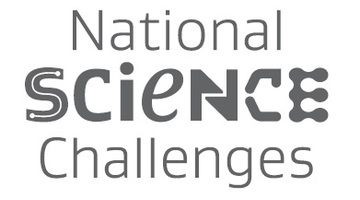
As New Zealanders looking to the future, we are faced with many opportunities – and challenges. These include improving the health of all our people, advancing our economic growth, protecting our ...
READ MORE

Scientists think that about 14 billion years ago (that is a 14 followed by 9 zeros), this universe came into being through the Big Bang. This is described in the Big Bang theory. It is thought ...
READ MORE
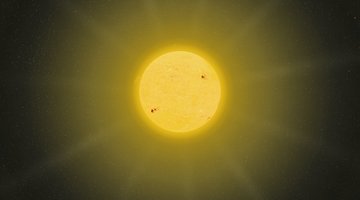
Renewable energy is fuel that comes from a source that can be replenished in a short amount of time. This includes solar, wind, water, geothermal power and bioenergy. While renewable energy ...
READ MORE

This activity requires access to two Internet sites: a carbon emissions calculator and a school emissions calculator. Students can use the online calculator to calculate and compare the amount of ...
READ MORE

In this activity, students use a plastic soda bottle to make and test the temperature of a bottle ‘greenhouse’ and demonstrate how light energy is transformed into heat energy. By the end of this ...
READ MORE

Rubbish or waste is part of our lives. How we deal with it has changed through the ages. We know that out of sight, out of mind is a fallacy, and what we bury today has the potential to affect ...
READ MORE
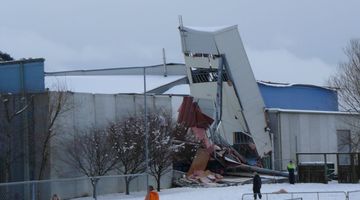
Large snow events in most parts of New Zealand are uncommon. However, if you are in the South Island or the central North Island, this citizen science project could be a great one for your ...
READ MORE
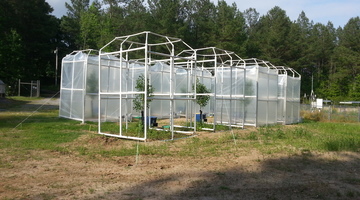
By comparing some features of fossilised plants with the same features of plants living today, scientists hope to be able to learn more about the effect of changing carbon dioxide (CO2) levels in ...
READ MORE
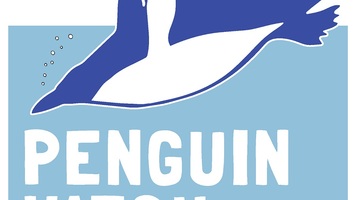
Help scientists establish valuable baseline data about the numbers, locations, habits and health of penguins in a range of Southern Ocean sites. This information will enable better understanding ...
READ MORE

In this online PD session recorded on 2 June 2016, Andrea Soanes from the Science Learning Hub was joined by three guest presenters – all inspirational women working in STEM – who shared their ...
READ MORE

When St Francis Xavier Catholic School decided on the theme ‘Innovation’ as a whole-school science and technology focus, year 3 teacher Jo Collyer began searching for relevant teaching resources ...
READ MORE

In this recorded professional learning session, Stephen Ross, facilitator with Te Whai Toi Tangata, and Greta Dromgool will introduce you to easy-to-use digital tools that can engage your ...
READ MORE
New Zealand gets lots of earthquakes every year. Some earthquakes are very strong. Scientists study earthquakes to keep us and our important buildings safe. Point of interest The black and white ...
READ MORE
All the volcanoes in New Zealand are monitored for activity so that scientists can determine when the next eruption might be. Dr Jan Lindsay introduces us to the monitoring system and how it ...
READ MORE
Peter Hall from Scion explains why we need large quantities of carbon neutral energy. Energy is everywhere. Anything we eat or use has energy embodied in it. Every object we produce required ...
READ MORE
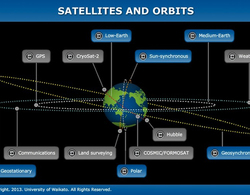
The size, orbit and design of a satellite depend on its purpose. In this interactive, scientists discuss the functions of various satellites and orbits. Accompanying fact files provide ...
READ MORE

Use this interactive to identify the components of a modern landfill system. Drag and drop the text labels onto the diagram.
READ MORE

This slideshow, from the webinar Digital tools for science learning, provides additional support for the video tutorial. Use the Slideshow menu for further options, including view full screen ...
READ MORE